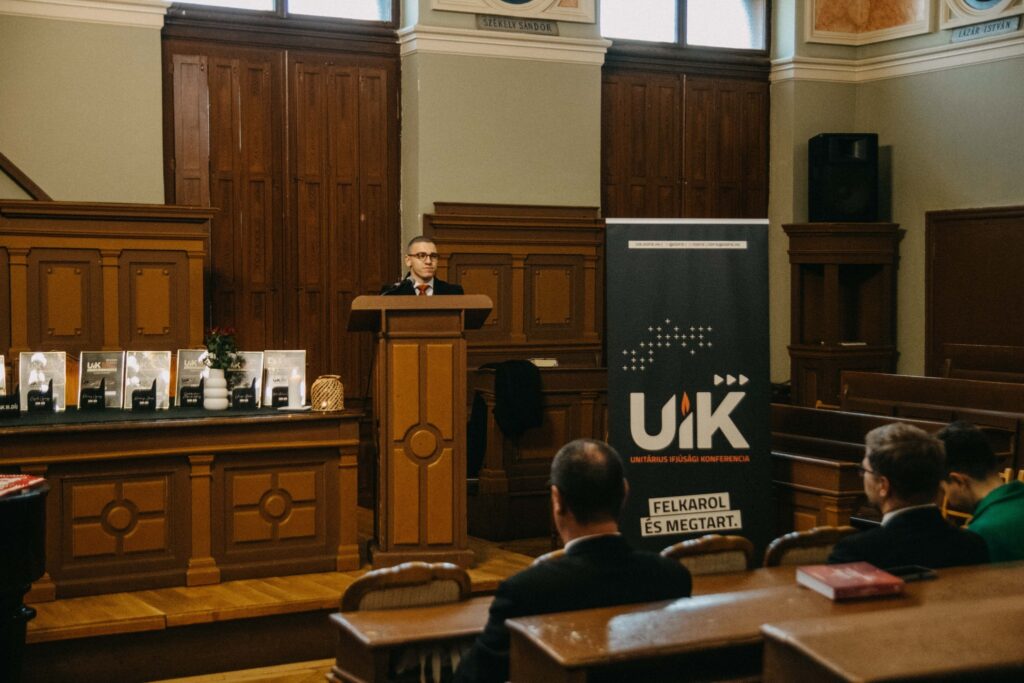
The Unitarian Church had always valued knowledge, education, and culture. As János Erdő once wrote, “From its beginnings, Unitarianism had embraced the cause of education and culture and supported it with great generosity.”
This Unitarian vision of education gave life to schools, reading circles, journals, and conferences across generations. These were more than institutions; they were expressions of a living, self-organizing community. Yet in recent decades, much of that creative energy had faded, especially among our youth.
Then, something new began stirring.
Two milestones in our history stood out: the Unitarian Youth Conference, first held in 1928, and the Folk High School founded by Rev. Ferenc Balázs in the early 1930s. Both sought to unite faith, culture, and education, serving as models of civic and spiritual engagement.
Ninety years later, these two paths met again. The Youth Conference was transformed into a Folk High School for youth, a living movement dedicated to cultural and intellectual growth.
Our purpose was simple: to bring culture and learning back to the heart of youth life, and to channel those efforts into one central event, the Unitarian Youth Conference.
This historic gathering, renewed in both spirit and structure, then functioned as a cultural and academic workshop. It helped young people broaden their worldview, think critically, and strengthen civic awareness and personal initiative. To support this mission, a mentor network of professionals and scholars offered guidance through lectures and small-group sessions, providing accessible paths into science, art, and public life.
Before the main conference, participants joined online sessions introducing different fields and basic research methods. Each participant chose a topic, prepared a short abstract, and presented it at the conference. Afterwards, their work continued under individual mentorship, ensuring continuity and growth beyond a single event.
Over time, this evolving network fostered reading groups, research teams, public discussions, and creative gatherings, extending the conference’s impact throughout the year.
A re-established youth journal, The Sheaf, originally published between 1930 and 1936, published both mentor essays and student research, giving young authors a platform and making their learning visible to the wider community.
This renewal was more than a preservation of tradition; it was a reaffirmation of the Unitarian harmony between faith and reason. Education, culture, and thoughtful inquiry had always stood at the center of our moral mission. Then, we renewed that calling to form minds that were open, reflective, and ready to contribute to both church and society.
As one of the organizers, I was deeply grateful for the team that made this vision possible. Their dedication reminded me that renewal began with a simple conviction: learning still had the power to unite and transform.
We hoped that year would mark the start of a new cycle of creativity and participation among Unitarian youth. And indeed, when we looked back later, we smiled, realizing that what once seemed like decline had actually been the beginning of something bright and enduring.